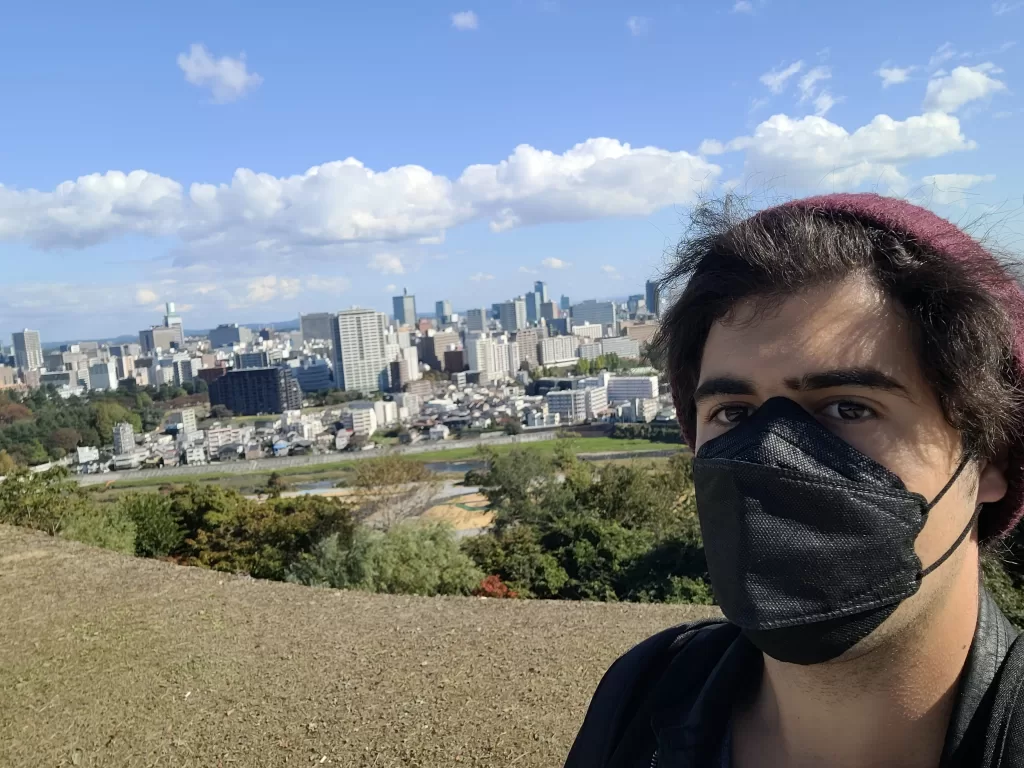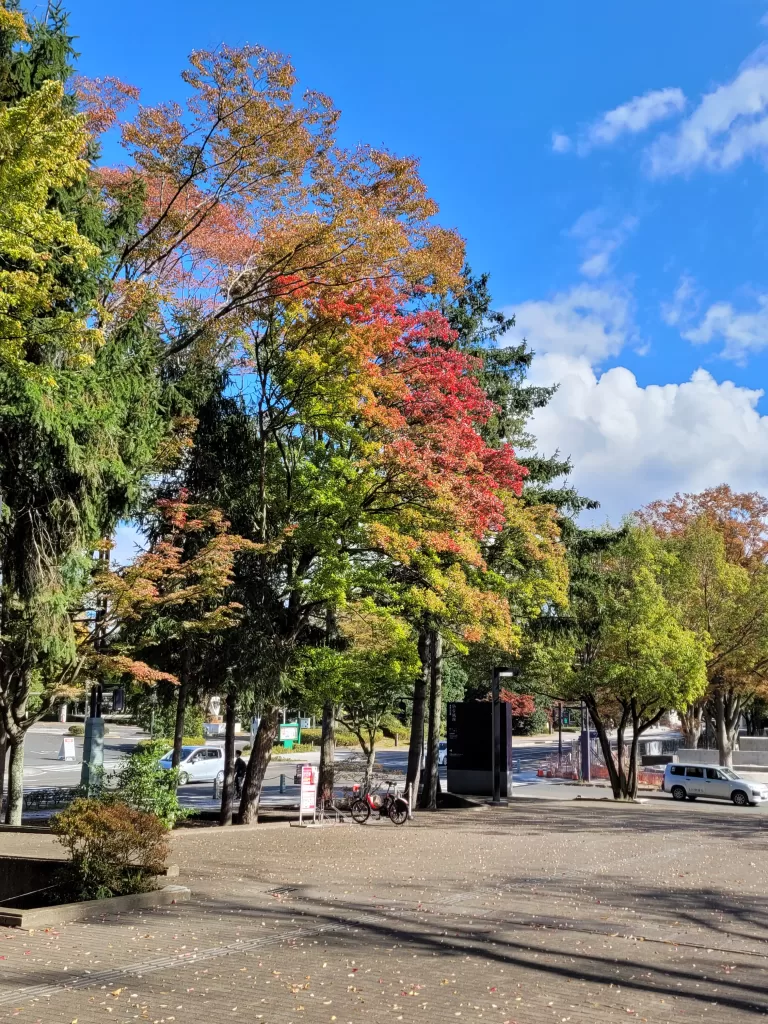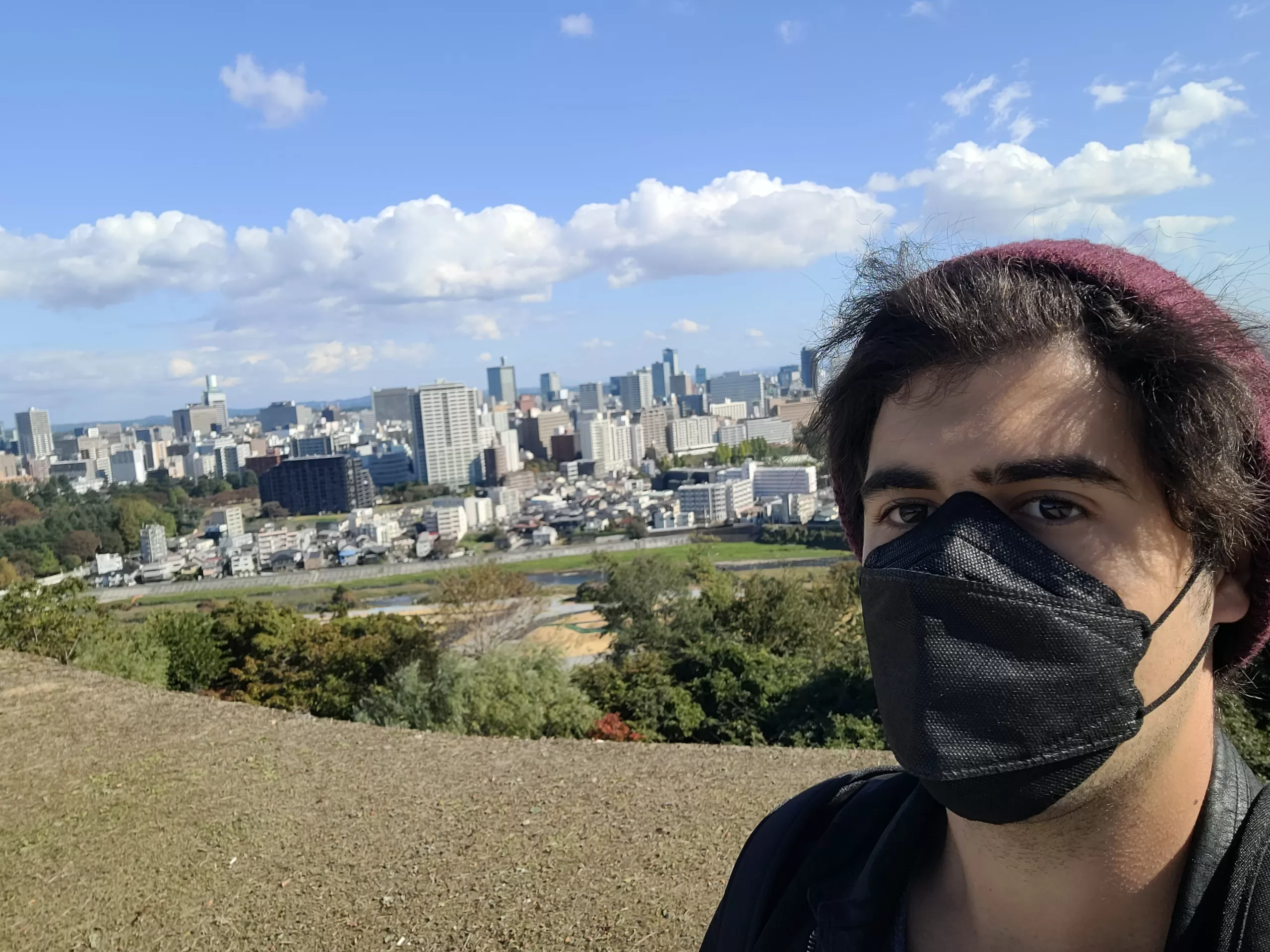Beyond its vibrant cities and beautiful landscapes, Sendai is a vast prefecture rich in history that dates back to the Edo-Japan period.

Located in Japan’s Touhoku region just northeast of Tokyo on the island of Honshu is the beautiful city of Sendai. Packed with a population of over one million, the area is known for its rich history steeped in Edo Japan under the leadership of samurai Date Masamune.
Date Masamune – The founder of Sendai
Before the 19th century, Japan’s capital was known as Edo up until it was renamed Tokyo in 1863. Date Masamune was one of Japan’s regional rulers who became known as the “one-eyed dragon” for his fearless combat skills and, well, his one eye.
Masamune was known for having founded the modern-day Sendai that we all know today. Among his greatest accomplishments were improving trade around the Touhoku region and encouraging foreigners to come to the land.
During his rule in the 1600s, Date Masamune’s clan resided at the Aobe Castle in Sendai, a site that can be visited today. Overlooking stunning views of the city, the castle also houses the famous statue of Date Masamune on horseback for tourists to visit.

“The City of Trees”

It’s no wonder Sendai is often called “the city of trees,” because there is certainly no shortage of them. Even the busiest metropolitan areas of Sendai are surrounded by beautiful forestation that gives the city a peaceful vibe.
Many of the streets are lined with zelkova trees, a species native to Japan as well as China and Korea. In autumn, Sendai’s zelkova trees take on different colors such as red, yellow, and brown.
In addition to the beautiful trees and natural greenery of the town, you will find stunning rivers flowing such as Sendai-gawa and the Hirose river. Not too far from Sendai is Matsushima Bay, home to one of the “Nihon Sankei” (日本三景) – Japan’s Three Great Views.
Home of the Ox-Tongue
Sendai is home to the “Gyutan” (牛タン), a delicious ox-tongue dish known for its tenderness and succulent taste. The dish came into existence in 1948 when a yakiniku (Japanese barbecue) chef in Sendai decided to add the item to his menu.
Since then, Gyutan has become a nationally loved dish and a staple part of Japanese cuisine. You can find countless high-quality ox-tongue stores all over Sendai where its reputation has become known even among foreign tourists.

Of course, if you are planning to visit Japan, you’ll need a way to get around the country as efficiently and affordably as possible. Japan Rail provides an abundance of travel passes to suit your travel needs. So whether you are traveling individually or as a group, the JR Pass is every traveler’s go-to for getting around and making the most of your time in Japan!

